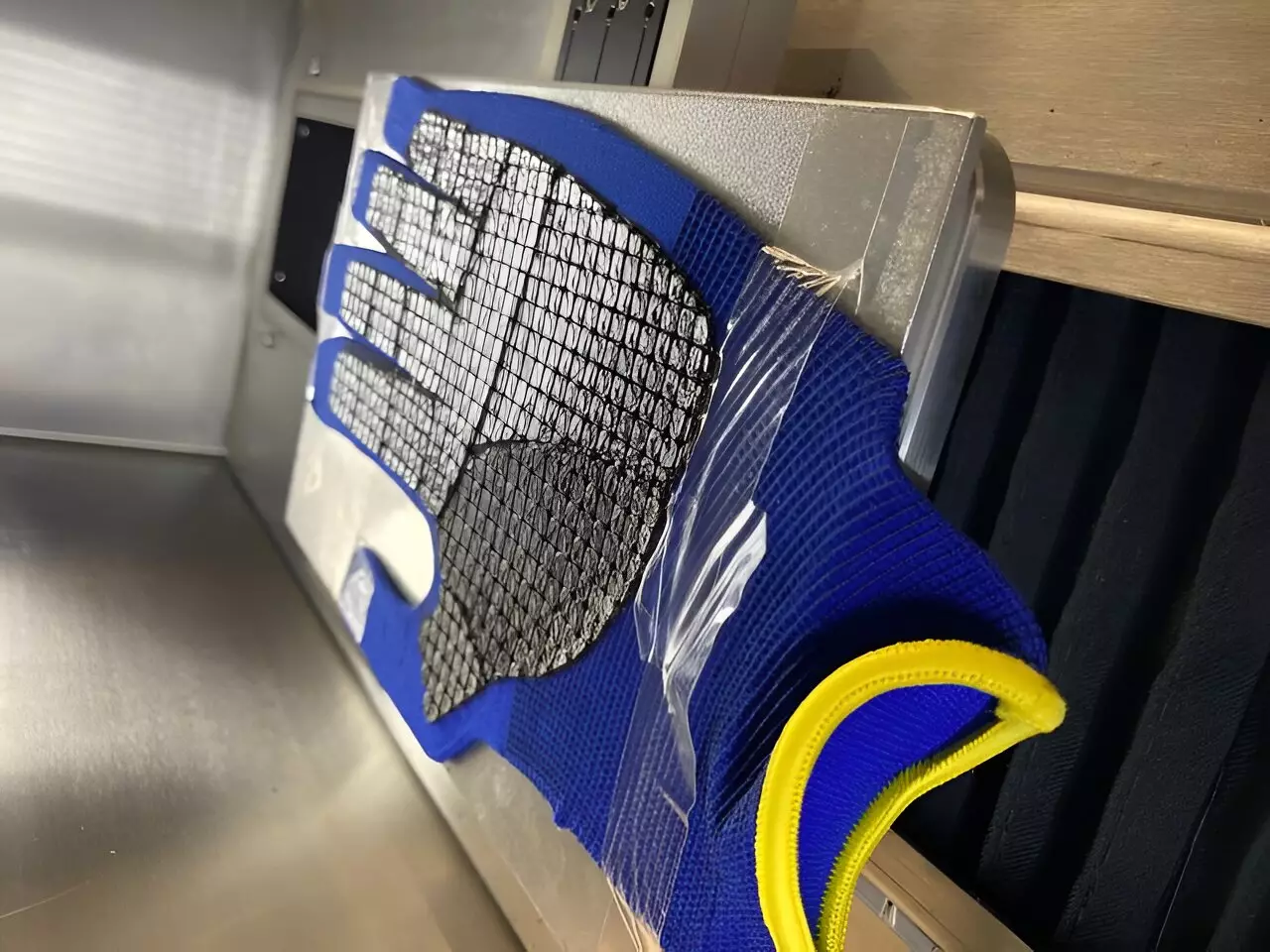In various industries, including sports, gardening, and heavy-duty labor, protective gloves are an essential item for ensuring safety. Traditionally, these gloves have been fortified with oil-based polymers, latex, and nitrile rubber, which provide essential features such as waterproofing, chemical resistance, and cut protection. However, the environmental ramifications of using these materials have prompted a search for sustainable alternatives. As public consciousness around environmental responsibility grows, the pressure mounts on manufacturers to innovate and embrace eco-friendly solutions.
Recent advancements in material science have brought lignin into the spotlight as a viable alternative for glove coatings. The German Institutes of Textile and Fiber Research Denkendorf (DITF) are at the forefront of this endeavor, employing cutting-edge 3D printing technology to create durable and flexible coatings from lignin. Lignin, a natural by-product of the paper industry, is derived from the cell walls of plants and is abundant in nature. By leveraging this biopolymer, researchers aim to minimize the environmental impact associated with traditional glove materials while enhancing performance.
One of the significant challenges with protective coatings is their tendency to wear down over time, leading to microplastics and other pollutants being released into the environment. Conventional materials often result in harmful waste that can persist for decades. The innovative approach by DITF incorporates lignin, which offers both durability and a higher degree of biodegradability. Due to its unique composition, the abrasive particles from lignin-based coatings break down more quickly than those from synthetic materials, contributing to reduced pollution while maintaining glove functionality.
The advantages of switching to lignin-infused gloves extend beyond environmental considerations. The versatility of 3D printing allows for custom designs tailored to the user’s specific needs. This adaptability not only enhances comfort but also facilitates better overall performance. Given that protective gear must often meet rigorous safety standards, the integration of lignin does not compromise effectiveness; instead, it fortifies the gloves, making them resilient in the face of diverse challenges while aligning with modern ecological values.
The groundbreaking research spearheaded by DITF represents a significant leap in the development of sustainable protective equipment. By replacing conventional coatings with lignin-based solutions, teams are rethinking protective gear’s lifecycle and impact on the planet. This move responds to growing demand for responsible manufacturing in an era where sustainability is paramount. As industries continue to adopt these innovative strategies, we can anticipate a future where safety and environmental stewardship go hand in hand, setting a new standard for protective gear in various applications.

